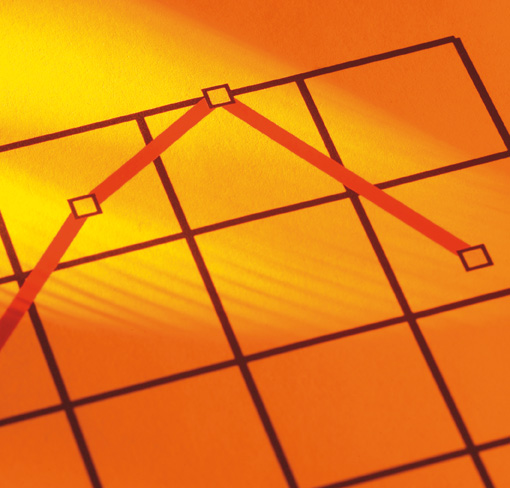How safe – or unsafe – is it online? How many people run the risk of falling victim to cybercriminals, without suspecting it? And how many have fallen victim already? To assess all this, Kaspersky Lab is launching an index to measure the cyber-threat levels faced by internet users.
The Cybersecurity Index (which is described as 21 per cent–29 per cent–60 per cent) is formed from a detailed survey carried out in August 2016, in 21 countries across the globe. According to the data, only one-in-five users (21 per cent) believe he or she is threatened by anything online. At the same time, almost one third of users (29 per cent) have fallen victim to cybercriminal schemes (for example, eight per cent have had their accounts hijacked and 22 per cent have had their devices infected by malware). However, only 60 per cent of users have installed security solutions on all the devices they use to access the Internet. The IT security product firm says that its index demonstrates that many users underestimate cyber-threats, even after facing them.
To obtain the data to create the index, Kaspersky Lab joined with B2B International to carry out regular large-scale online surveys in countries, to evaluate how internet users behave online, their concerns, what issues they face and how they defend themselves against possible threats. The index combines three key indicators, which are measured every six months and which provide the information needed to monitor the degree of risk to the average Internet user.
The Concerned Indicator shows the percentage of people who believe they may be targeted by a cyber-attack. This indicator shows the degree to which users realise the danger to which they are exposed.
The Affected Indicator identifies how many people have actually fallen victim to cyber-attacks during the reporting period – e.g., have faced data leakage or extortion online.
The Protected Indicator shows the number of users who have installed a security solution on the device they use to access the Internet. This is the average figure for all of the devices used, including computers and mobile devices.
Andrei Mochola, Head of Consumer Business at Kaspersky Lab, said: “We created the Index to draw the attention of users, the media and vendors to the issue of cybersecurity. Many users today, we believe, do not expect to come face-to-face with cyber-threats, so they fail to install security solutions on their devices and behave carelessly online. This makes them easy targets for cybercriminals. The Index reflects the results of this approach. Today, 29 per cent of people have been affected by online threats. We are calling on all Internet users to improve their cyber-savviness and adopt a responsible approach, both for their own protection, and to that of their loved ones. Security, we believe, must be shared.”
To learn more about the index, view its indicators for countries, ages and genders, and to find out more about the behaviour of users online, visit http://index.kaspersky.com (currently in English only). More advice on behaving securely online at: https://blog.kaspersky.com/tag/cybersavvy.










